“As soon as the pager goes, the adrenaline kicks in and off you go,” says 34-year-old Craig Johnston.
His mum Fiona, 64, nods. “You could be in a deep sleep, then the pager goes off, and that’s it – you get dressed and you get down to the station.”
She estimates she can get to Broughty Ferry lifeboat station from her home (she lives one mile away) in about three minutes (by car – I check).
Craig, who lives in Monifeith with his partner and two-year-old daughter, is never far behind her.
Becoming the first woman to volunteer with Broughty Ferry lifeboat crew
I am speaking to the pair in the cosy staff room at the station, which overlooks the glistening Tay River.
Sipping on a cold beer (Craig) and playing with her granddaughter (Fiona) they look right at home.
This makes sense, considering Fiona has been with the Royal National Lifeboat Institution (RNLI) for 28 years, while Craig followed her lead 17 years ago.
Fiona was the first woman to volunteer for the station.
She also holds the title of oldest crew member at the station (an accolade she is less keen to promote).
The retired shop assistant, whose dad taught her to sail as a child, has “always been involved with the river”.
Her love of the water grew when she moved from Tayport to Broughty Ferry and joined the Yacht Club.
After gaining experience on dinghies, yachts and safety boats, joining the Broughty Ferry RNLI lifeboat crew was simply the “next step”.
It is a skill she and her husband passed on to Craig and his sister, Claire.
Mum and son share a love of the sea
“Craig has been involved with boats since he was about two years old,” she says.
“He used to sit between my knees on the safety boats and hold on to the steering wheel.
“So he’s grown up doing that.
“He used to sail little topper sailing dinghies – and power boats are his hobby now”.
“I like speed,” Craig interjects with a smile.
As a marine operative at Forth Ports in Dundee, he practically lives on the water.
This explains why Fiona bursts out laughing when I ask if she ever worries about him at sea.
“No, I’ve never worried about him. I know what he is capable of.”
In fact, she was the one who encouraged him to join the station when he was just 17.
Craig recalls: “As soon as I got my driver’s licence, I was told to get down here.
“And that was me – chapping on the door.”
Generations of same family wiped out in Arbroath lifeboat tragedy
In some stations – there are 238 RNLI lifeboat stations around the UK and Ireland – a tradition is followed whereby members of the same family do not attend the same call out.
This is for fear of wiping out two generations of the same family.
Indeed, many will recall the Arbroath lifeboat disaster of 1953, which claimed the lives of six crew members.
The victims included two brothers, Charles and David Cargill, aged 28 and 29.
The oldest crew member was 63-year-old Harry Swankie, who died alongside his nephew William Swankie, aged 30.
But it’s not a rule followed at Broughty Ferry lifeboat station, which responds to incidents across Tayside and Fife, from Perth all the way to St Andrews.
Up until recently, there were three parent-child duos on the team.
A pair of cousins also volunteer at the station.
Fiona and Craig have handled thousands of emergencies together over the years.
Mum and son ‘respond to anything and everything’
They assist with “anything and everything”, Craig says, including stranded paddleboarders, yachts, jet skis and speed boats.
Last month, it was a missing dog in the Errol area.
“If a dog falls in the water then the owner tends to follow,” Craig says.
“So, sometimes it’s safer to just launch the boats and go and try and get the dog before the owners go in.
“Thankfully the dog managed to free itself before we arrived.”
But whatever the incident is, they rely on each other’s skills, bouncing ideas back and forth during rescues.
Fiona says: “If it is looking for a missing person in the water, then the more heads put together, the better.
“If I get stuck with something, then Craig will probably know the answer – and vice versa.
“We bounce ideas off one another.”
Some incidents are more challenging than others – particularly the late-night ones.
“Our visibility is restricted at night because we’ve only got two searchlights,” Fiona explains.
“It’s hard to find somebody in the water because all you can see is just their head and maybe a bit of their shoulders – that’s it.”
This is made more difficult when people are wearing dark colours – as is often the case.
Fiona says: “It would be great if more people went sailing and out on jet bikes wearing bright colours, carrying a torch, flares, a whistle and some form of communication – even a mobile phone.
“That would really help to pinpoint the person in the water.”
Quiet summer for Broughty Ferry RNLI as number of incidents drops
Thankfully, the pair have enjoyed a quieter summer than usual, with a reduction in call outs compared to previous years.
In 2023, Broughty Ferry RNLI launched 121 times. Figures are yet to be released for 2024.
Fiona says: “There has not been as many incidents.
“The Broughty Ferry castle rocks used to be a famous one for getting cut off by the tide, but we’re not doing that so much now.”
Similarly, there has been a drop in the number of call outs to the sand banks near Abertay sands, where seal watchers were once frequently left in the lurch by rising waters.
Why do they think this is?
Craig says: “Water safety stuff is pushed nowadays, giving more education to people.
“So that is helping.”
‘We trust each other’
Despite the unpredictable nature of their work, trust—both in each other and their equipment—remains at the core of what they do.
“We trust the boat. We trust each other,” Fiona says.
“You don’t think about the weather.
“If it’s really bad out there – you strap yourself in your seat.
“You just get on and do the job.”
- Is your family a little bit different? Email poppy.watson@dcthomson.co.uk to share your story
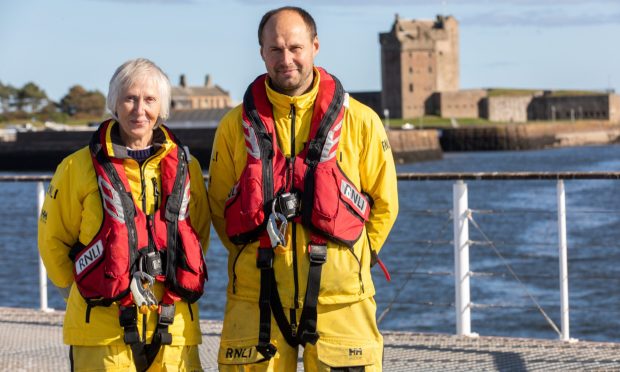
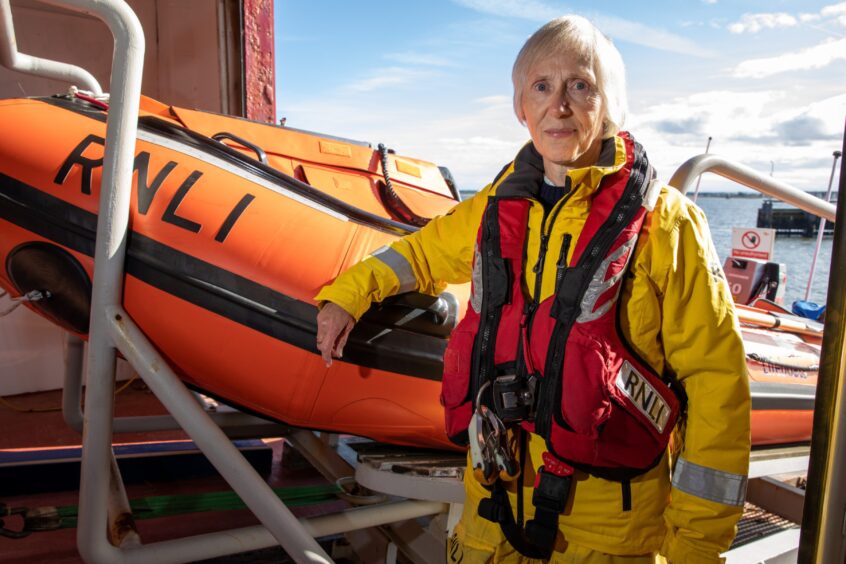
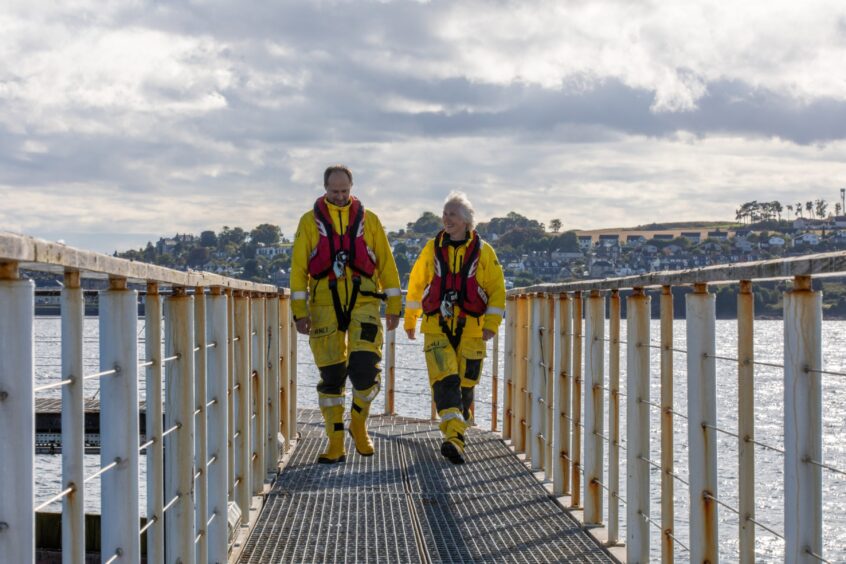
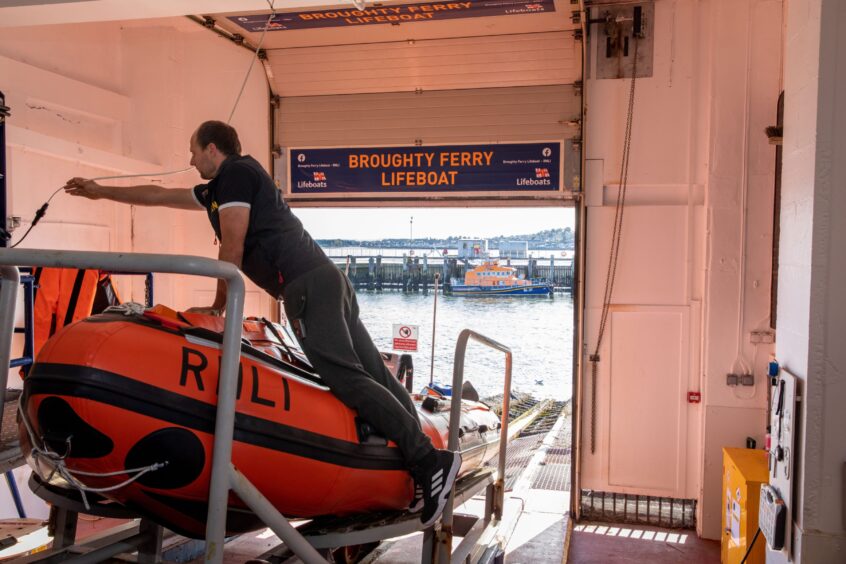

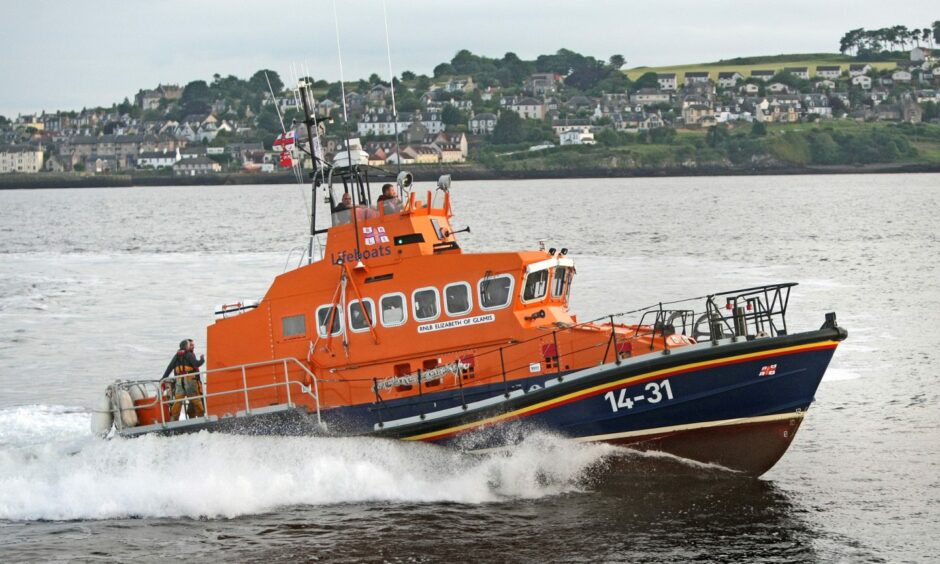
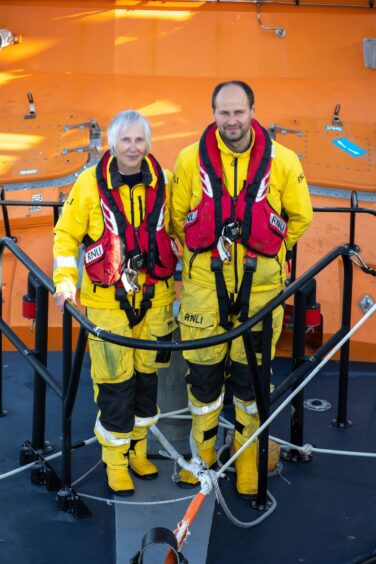
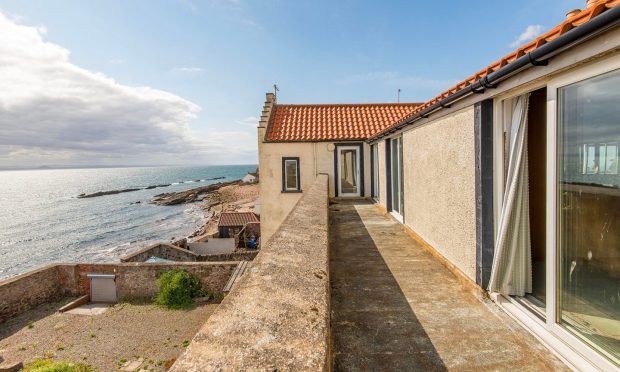
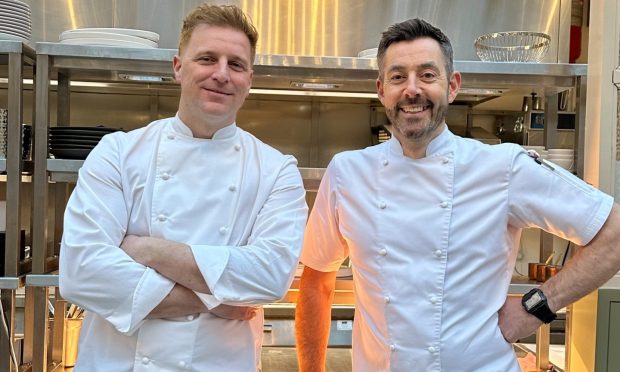
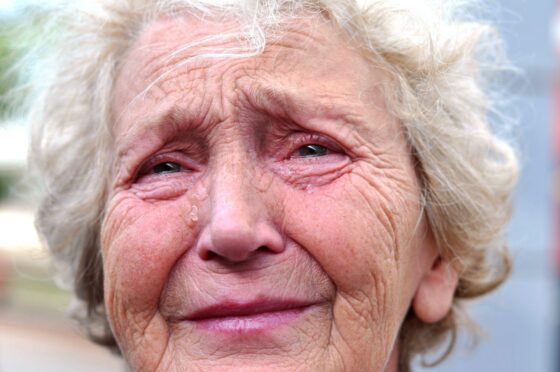


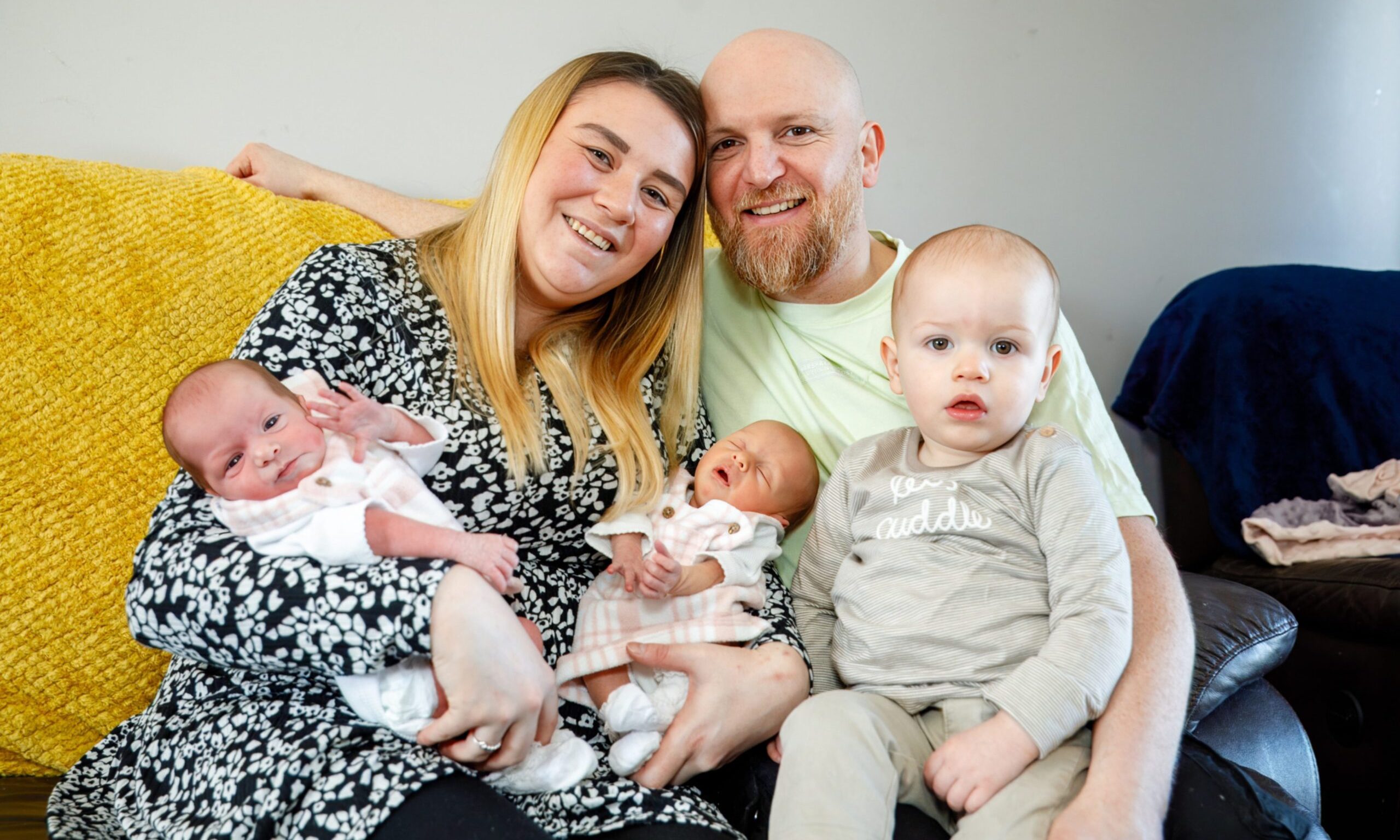

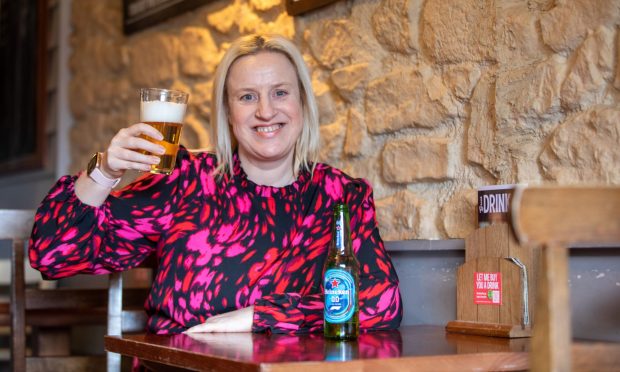
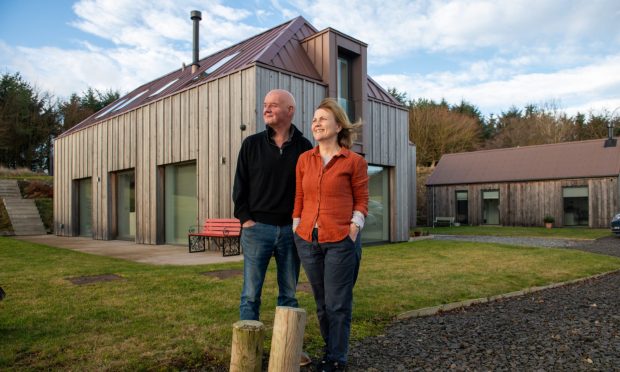

Conversation